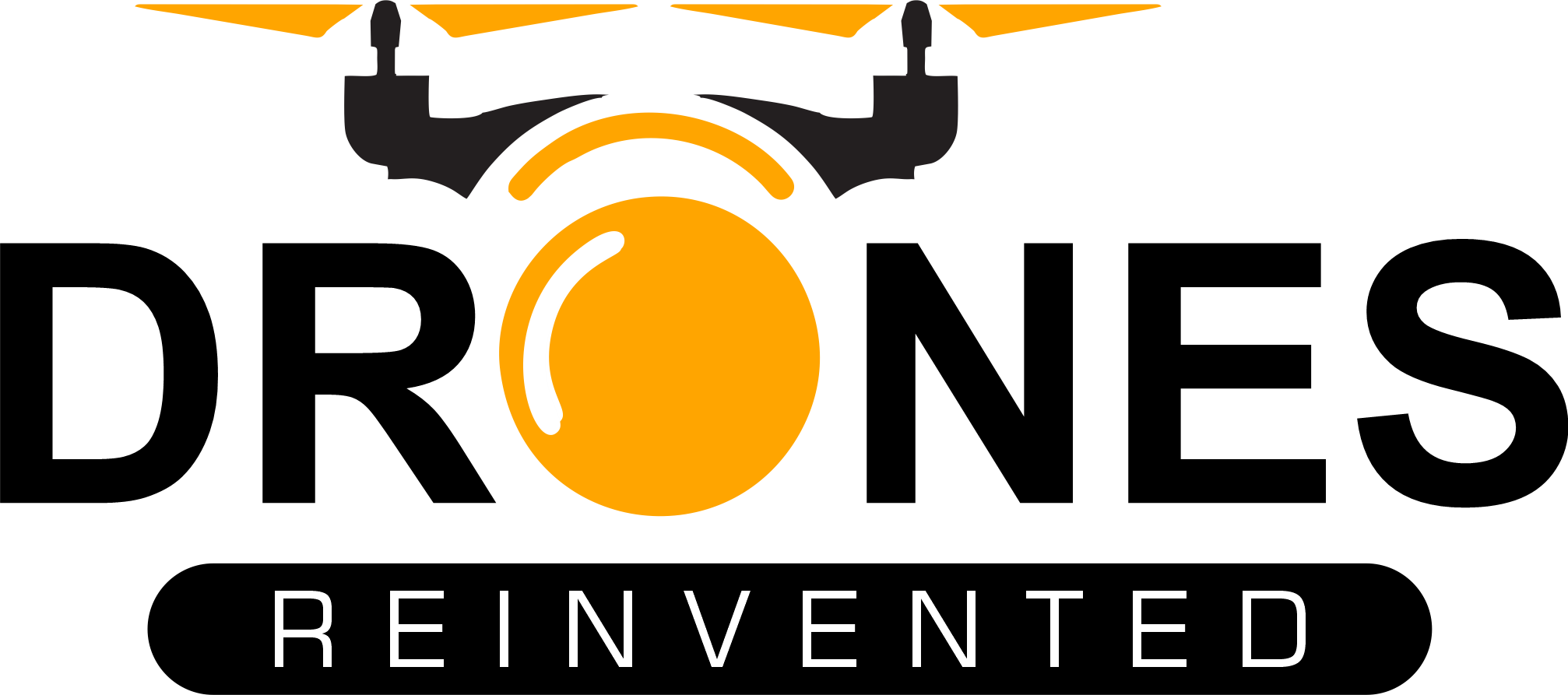Frequentis Group has developed an advanced chemical, biological, radiological, and nuclear (CBRN) reconnaissance system for the European Defence Agency. This initiative, part of the EDIDP (European Defence Industrial Development Programme) – CBRN-RSS project, is co-funded by the European Union. It aims to enhance the capabilities of selected Ministries of Defence of EU member states.
Significant Step Forward in CBRN Detection and European Security
The newly developed CBRN Reconnaissance and Surveillance System (RSS) by CNS Solutions & Support, a member of the Frequentis Group, marks a significant step forward in European security. This system integrates sensor and uncrewed systems data using a sophisticated data fusion cell (DFC) developed through Frequentis’ incident crisis management (ICM) technology. The DFC centralizes information from various sources, including sensors and drones. This setup allows for comprehensive analysis and rapid decision-making.
Peter Skiczuk, Frequentis Vice President Defence, stated, “Our DFC has transformed CBRN defence in Europe, empowering military personnel with real-time intelligence to respond swiftly and effectively to emerging threats.”
Commitment to Advancement
Stefan Ringsmuth, Managing Director of CNS Solutions & Support GmbH, emphasized the ongoing commitment to advancing CBRN defence technologies. He said, “CNS is dedicated to enhancing CBRN defence technologies. Future phases will focus on readiness for full military deployment, ensuring continued security for European nations.”
Technological Innovation
Adopting drones equipped with sensors and uncrewed robotic vehicles marks a new era in CBRN defence. These uncrewed assets swiftly detect and assess hazardous substances, reducing risks to human personnel. Integrating data fusion and real-time analysis provides commanders with crucial insights, enabling informed decisions and enhancing the safety of both military personnel and civilians.
Colonel Schlechter, Commander of the CBRN Defence Center/Austria (ÖBH), highlighted the efficiency of these new technologies. He noted, “Normally, it would take us two hours to achieve this result. With the use of these modern technologies, we can reduce this time to 40 to 45 minutes, and we don’t have to bring soldiers directly to the source of danger, as this is taken over by robots and drones.”
This milestone in CBRN defence underscores the importance of technological advancements in maintaining security and responding to evolving threats.
Read more:

0 Comments